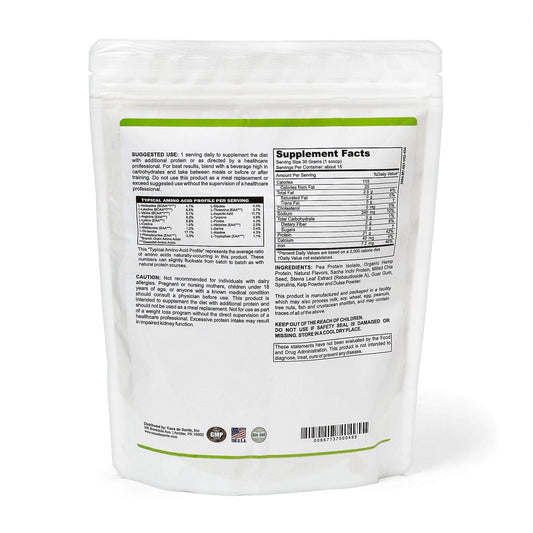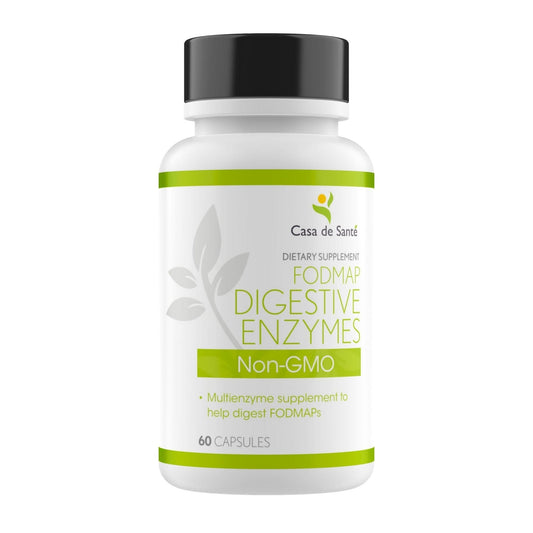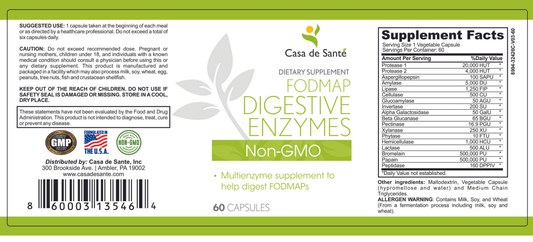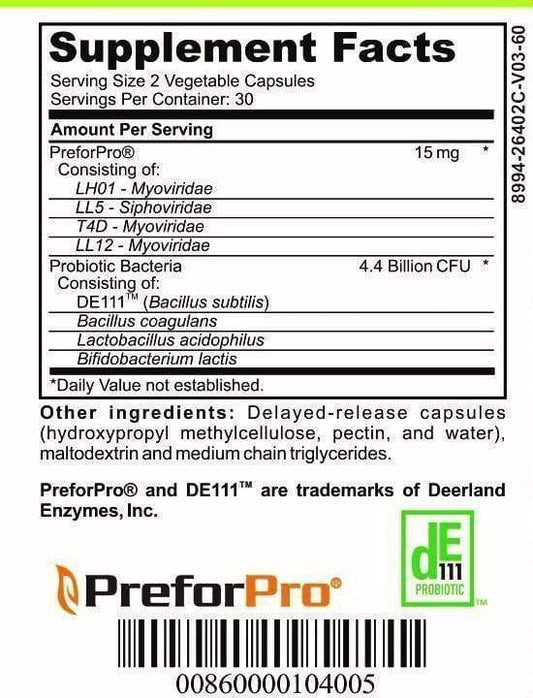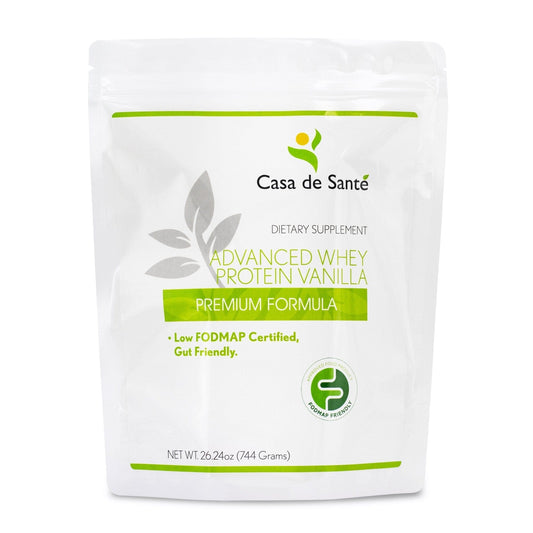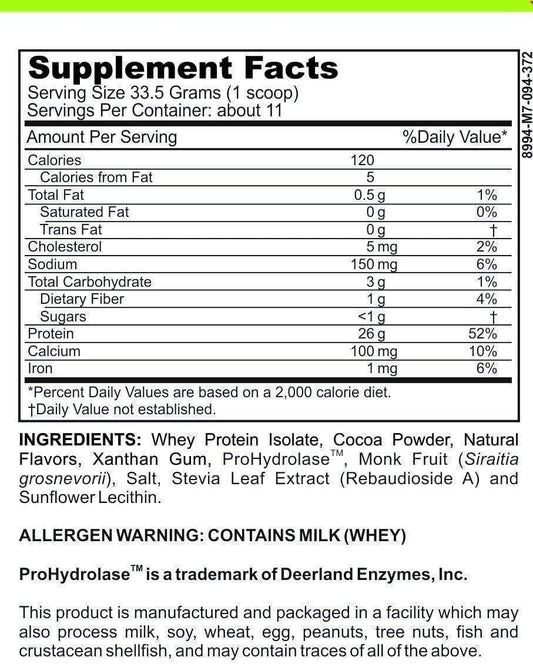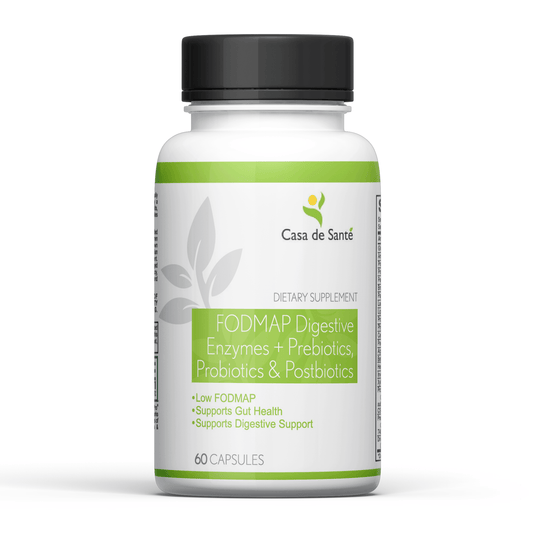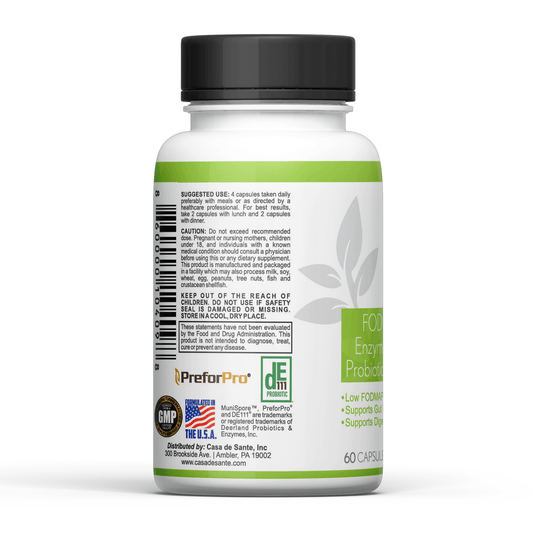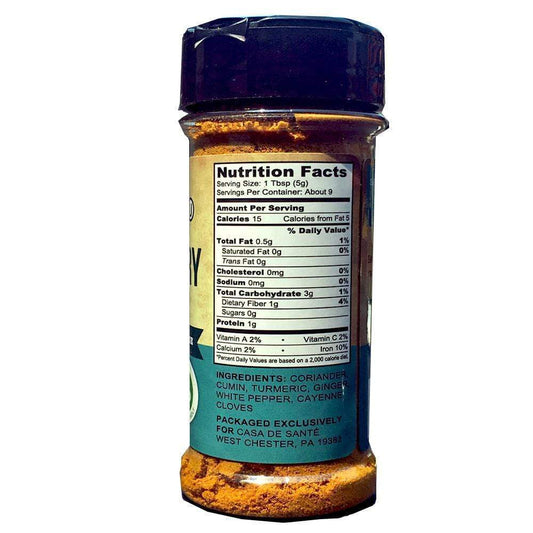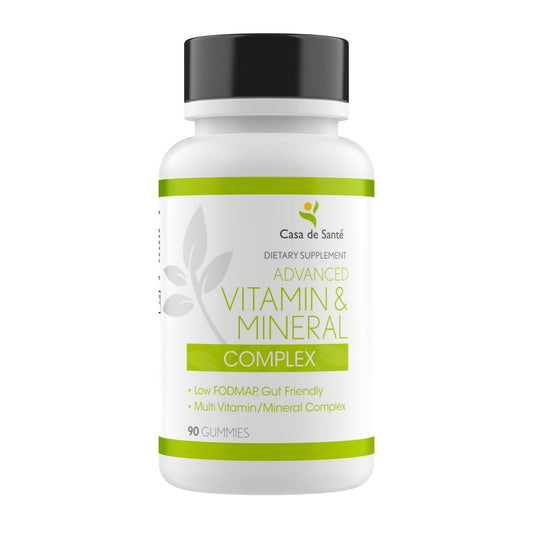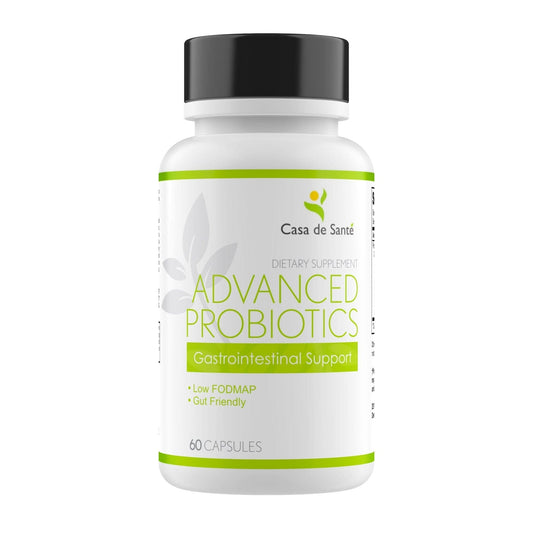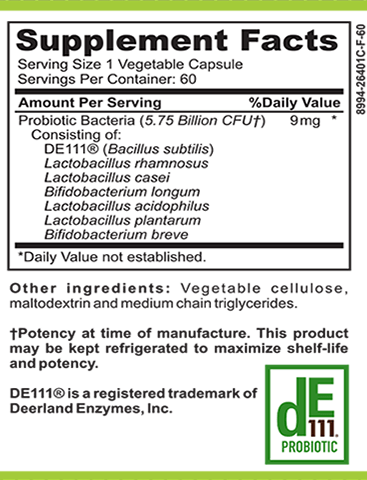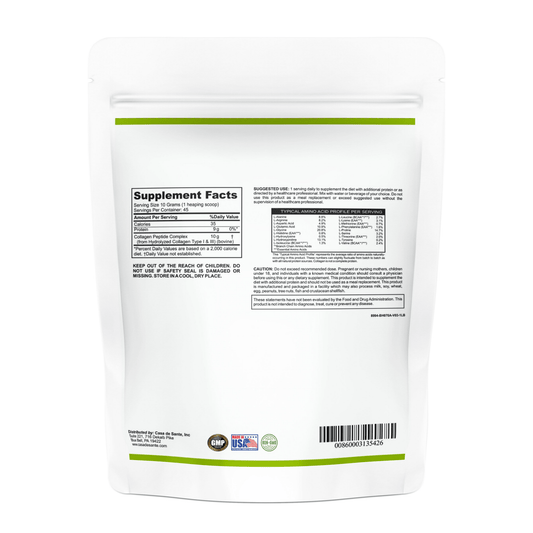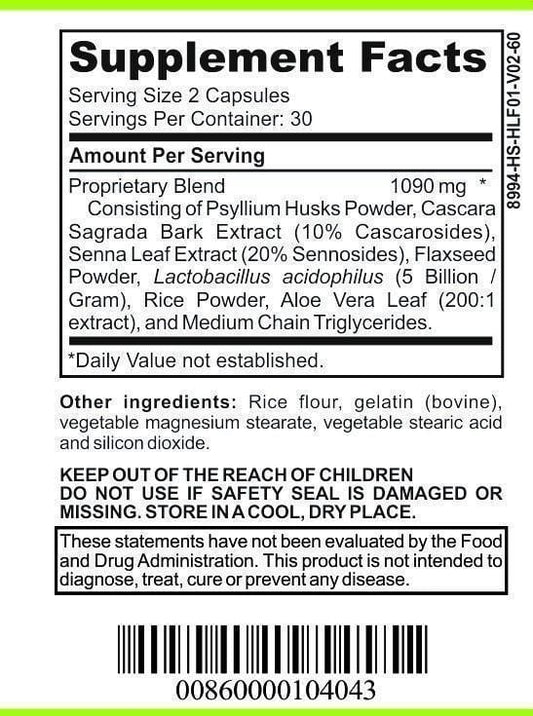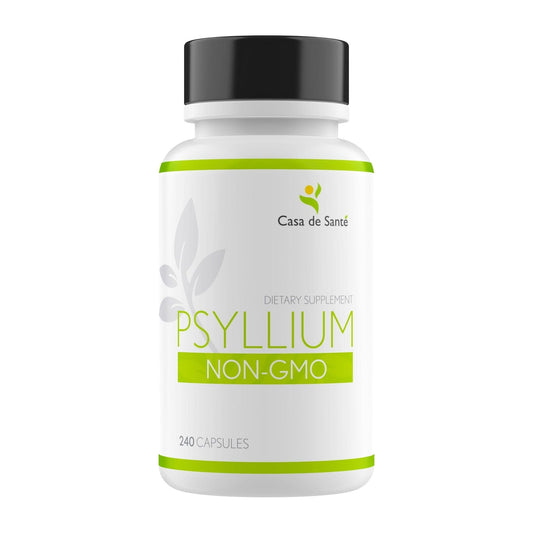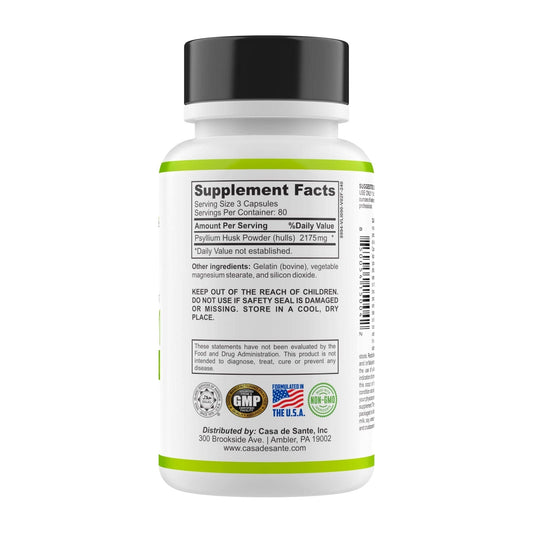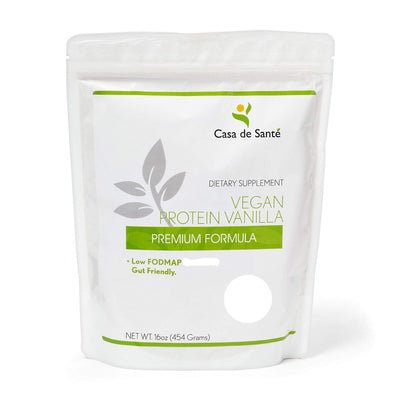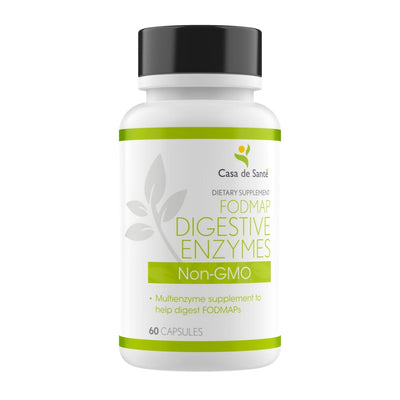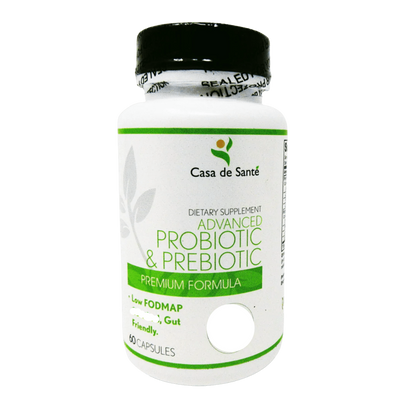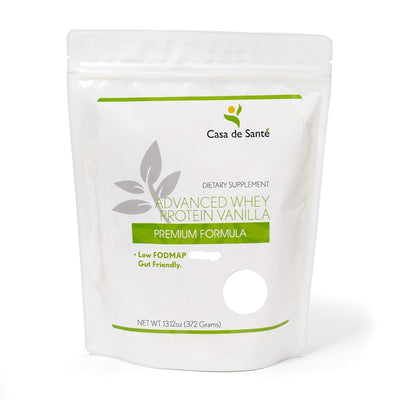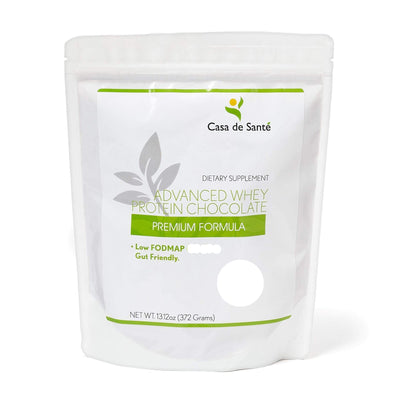Understanding Fructans: Health Benefits and Dietary Implications
Understanding Fructans: Health Benefits and Dietary Implications
Fructans are a type of carbohydrate that has gained significant attention in nutrition science over recent years. These complex chains of fructose molecules occur naturally in many foods we consume daily, yet many people remain unaware of their presence or their impact on our health. From supporting gut health to potentially triggering digestive discomfort in sensitive individuals, fructans play a multifaceted role in human nutrition that deserves closer examination.
What Are Fructans?
Fructans are chains of fructose molecules linked together with a glucose molecule at one end. Unlike simple sugars that are readily digested and absorbed in the small intestine, fructans resist digestion and pass largely intact to the large intestine. There, they serve as food for our gut bacteria, which ferment these compounds, producing various byproducts that influence our health in numerous ways.
These carbohydrates belong to a broader category known as FODMAPs (Fermentable Oligosaccharides, Disaccharides, Monosaccharides, and Polyols) – short-chain carbohydrates that are poorly absorbed in the small intestine. Specifically, fructans fall under the oligosaccharide category, alongside galacto-oligosaccharides (GOS).
Types of Fructans
The fructan family includes several members that differ in their chain length and structure. Inulin represents one of the most well-known fructans, consisting of longer chains typically containing 2-60 fructose units. Oligofructose (or fructo-oligosaccharides, FOS) contains shorter chains with 2-10 fructose units. Another type, levan, has a different molecular structure but still belongs to the fructan family. Each type has slightly different properties and effects in the body, though they share many common characteristics.
The structural differences between fructan types directly influence their functional properties in both food systems and the human body. Inulin, with its longer chain length, tends to form gels and can be used as a fat replacer in food products, while shorter-chain FOS provides more sweetness and is often used as a sugar substitute. Levan, with its unique branched structure, has distinctive rheological properties that make it valuable in certain industrial applications. These structural variations also affect fermentation rates in the gut, with shorter-chain fructans generally fermenting more rapidly than longer-chain varieties, potentially leading to different patterns of gas production and microbial stimulation.
Natural Sources of Fructans
Fructans occur naturally in a wide variety of plant foods. Wheat is perhaps the most ubiquitous source in Western diets, with fructans present in bread, pasta, cereals, and many processed foods. Other significant sources include onions, garlic, leeks, and artichokes, which contain particularly high concentrations. chicory root, often used as a coffee substitute or additive, is exceptionally rich in inulin. Additional sources include asparagus, Brussels sprouts, cabbage, and various fruits like watermelon and nectarines.
Interestingly, the fructan content in foods can vary based on growing conditions, ripeness, and storage methods. For instance, ripe bananas contain fewer fructans than green bananas, as the fructans convert to simple sugars during ripening.
The distribution of fructans across plant species is not random but reflects evolutionary adaptations. In many plants, fructans serve as energy storage compounds and provide protection against environmental stresses such as drought and freezing. Plants from temperate regions and those adapted to seasonal climates often contain higher fructan levels than tropical species. For example, Jerusalem artichokes (sunchokes) develop high concentrations of inulin in their tubers as a cold-weather survival strategy. This evolutionary context explains why certain plant families—such as Asteraceae (including chicory and Jerusalem artichoke), Liliaceae (including onions and garlic), and Poaceae (including wheat and barley)—are particularly rich in these compounds.
Health Benefits of Fructans
The unique properties of fructans confer several potential health benefits, making them increasingly popular as functional food ingredients and supplements. Their resistance to digestion in the upper gastrointestinal tract allows them to reach the colon intact, where they exert most of their beneficial effects.
Prebiotic Properties
Perhaps the most celebrated benefit of fructans is their prebiotic effect. Prebiotics are non-digestible food components that selectively stimulate the growth and/or activity of beneficial bacteria in the colon. When fructans reach the large intestine, they're fermented by beneficial bacteria like Bifidobacteria and Lactobacilli, promoting their growth while inhibiting potentially harmful bacteria. This selective stimulation helps maintain a healthy balance of gut microbiota, which is increasingly recognized as crucial for overall health.
The fermentation process produces short-chain fatty acids (SCFAs) such as butyrate, acetate, and propionate. These compounds serve as energy sources for colon cells and have anti-inflammatory properties. Butyrate, in particular, is the preferred energy source for colonocytes (cells lining the colon) and may help prevent colon cancer by promoting normal cell differentiation and inhibiting abnormal cell growth.
Improved Mineral Absorption
Research suggests that fructans may enhance the absorption of certain minerals, particularly calcium and magnesium. The fermentation of fructans lowers the pH in the colon, which increases the solubility of calcium and magnesium, making them more available for absorption. This effect could be particularly beneficial for bone health, potentially reducing the risk of osteoporosis, especially in postmenopausal women and older adults who are at higher risk for bone density loss.
Blood Sugar Regulation
Fructans may help regulate blood sugar levels through several mechanisms. First, as non-digestible carbohydrates, they don't cause blood glucose spikes after consumption. Second, they may slow gastric emptying and food transit time, leading to a more gradual release of glucose into the bloodstream. Third, the SCFAs produced during fermentation may improve insulin sensitivity. These combined effects make fructans potentially valuable for individuals with diabetes or those at risk of developing the condition.
Fructans and Digestive Health
While fructans offer numerous health benefits, they can also trigger digestive symptoms in certain individuals. Understanding this paradox is essential for making informed dietary choices.
Fructans and IBS
For people with irritable bowel syndrome (IBS), fructans can be problematic. The rapid fermentation of these carbohydrates in the large intestine produces gases like hydrogen, methane, and carbon dioxide. In individuals with IBS, this gas production, combined with increased water drawn into the intestine due to the osmotic effect of fructans, can lead to bloating, abdominal pain, flatulence, and altered bowel habits.
The low-FODMAP diet, which restricts fructans along with other fermentable carbohydrates, has emerged as an effective management strategy for IBS symptoms. Clinical studies show that approximately 70% of IBS patients experience significant symptom improvement when following this diet. However, it's worth noting that the diet is typically implemented in phases, with an initial restriction period followed by a structured reintroduction to determine individual tolerance thresholds.
Non-Celiac Gluten Sensitivity and Fructans
Interestingly, emerging research suggests that some individuals diagnosed with non-celiac gluten sensitivity might actually be reacting to fructans rather than gluten. Wheat, rye, and barley – the primary sources of gluten – are also rich in fructans. Some studies have found that people who believe they're sensitive to gluten experience similar symptoms when consuming fructans, even in the absence of gluten. This finding has significant implications for diagnosis and dietary management, suggesting that some individuals might unnecessarily restrict gluten-containing foods when their symptoms are actually triggered by fructans.
Fructans in Food Processing and Manufacturing
Beyond their natural occurrence in foods, fructans – particularly inulin and FOS – are increasingly being added to processed foods for both their functional properties and health benefits.
Functional Food Applications
In food manufacturing, fructans serve multiple purposes. They can function as fat replacers, providing a creamy mouthfeel without the calories of fat. They're also used as sugar replacers, offering mild sweetness with fewer calories and a lower glycemic impact. Additionally, fructans can improve the texture and stability of processed foods, making them valuable ingredients in products ranging from yogurts and ice creams to baked goods and energy bars.
The food industry often markets products containing added fructans as "high in fiber" or having prebiotic benefits. While these claims have scientific merit, consumers should be aware that these added fructans might trigger symptoms in sensitive individuals, even when present in products not typically associated with digestive discomfort.
Practical Dietary Considerations
Navigating fructan consumption requires balancing their potential benefits with individual tolerance. For most healthy individuals, incorporating fructan-rich foods can support gut health and overall wellbeing. However, those with digestive sensitivities may need a more cautious approach.
Finding Your Fructan Threshold
Fructan tolerance varies widely among individuals. Even people with IBS or fructan sensitivity can usually tolerate small amounts without symptoms. The key is identifying your personal threshold – the amount you can consume before experiencing discomfort. This typically requires systematic testing, ideally under the guidance of a registered dietitian.
Rather than eliminating fructans entirely, many nutrition experts recommend finding your "sweet spot" – the level that allows you to benefit from their prebiotic effects without triggering symptoms. This might involve strategies like spreading fructan consumption throughout the day rather than consuming large amounts in a single meal, or combining fructan-containing foods with proteins and fats, which can slow digestion and reduce symptom intensity.
Cooking Methods and Fructan Content
Interestingly, cooking methods can affect the fructan content of foods. For example, boiling onions and leeks can reduce their fructan content as these water-soluble carbohydrates leach into the cooking water. This knowledge can be particularly useful for individuals with fructan sensitivity who still want to enjoy the flavors of these foods. Using these ingredients to create a stock or broth, then removing the solids before consumption, allows for the flavor without the high fructan load.
Conclusion
Fructans represent a fascinating component of our diet with dual potential – offering significant health benefits for most people while potentially triggering symptoms in sensitive individuals. Their prebiotic properties support gut health, potentially enhancing immune function, mineral absorption, and metabolic health. Yet for those with IBS or fructan sensitivity, these same compounds can cause considerable discomfort.
As our understanding of the gut microbiome and its influence on health continues to evolve, fructans will likely remain an important focus of nutrition research. For consumers, awareness of fructans – their sources, benefits, and potential drawbacks – empowers more informed dietary choices. Whether you're looking to enhance your gut health or manage digestive symptoms, understanding fructans is an important piece of the nutritional puzzle.
The key takeaway is that there's no one-size-fits-all approach to fructan consumption. Individual tolerance, health goals, and personal preferences should guide dietary decisions. For those experiencing unexplained digestive symptoms, consulting with healthcare professionals can help determine whether fructans might be playing a role and develop appropriate dietary strategies.


